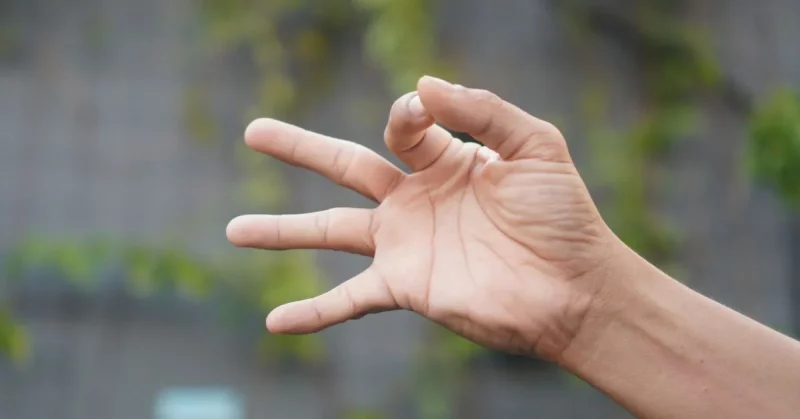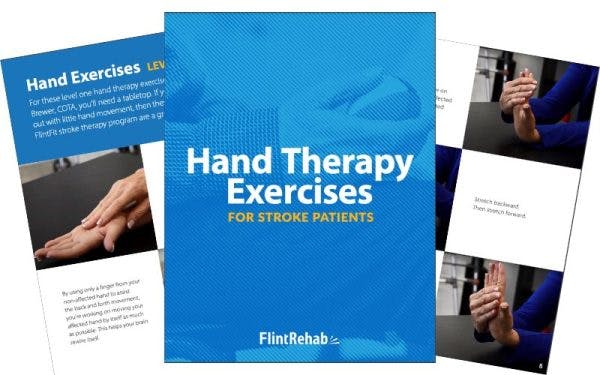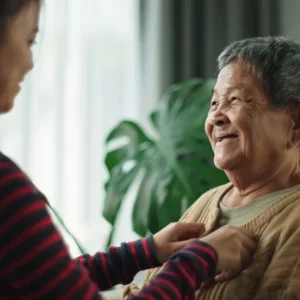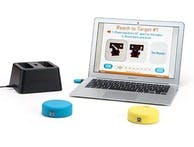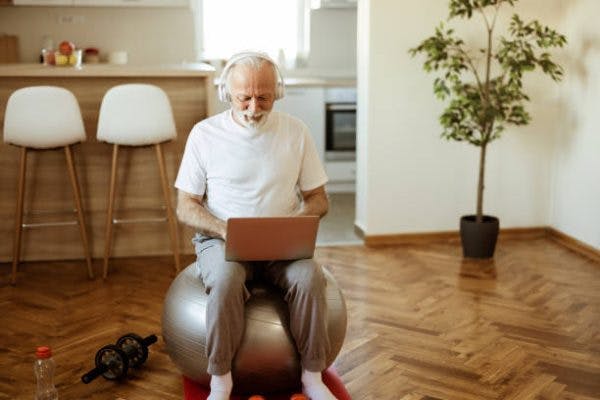When you think about the incredible things your hands can do—tying shoelaces, typing, playing piano—it all comes down to coordination. One of the key building blocks of hand coordination is finger opposition. Whether you’re recovering from a stroke, managing a neurological condition, or simply trying to keep your hands nimble, finger opposition exercises can make a meaningful difference.
In this article, we’ll walk through what finger opposition exercises are, why they matter, how to do them, and how rehabilitation tools like MusicGlove can help accelerate your progress.
What Are Finger Opposition Exercises?
Finger opposition exercises involve touching the thumb to each fingertip, one at a time. This movement may seem simple, but it plays a major role in fine motor skills.
The term “opposition” refers to the ability of the thumb to move across the palm to meet other fingers—an ability unique to humans and a few other primates. According to some researchers, the opposition of the thumb is “the most important component of normal thumb function.”
Therefore, opposition exercises are vital for enhancing fine motor coordination and dexterity. Targeting the small muscles of the hand,these exercises promote coordination, strength, and flexibility, all of which are essential skills for completing daily tasks. Finger opposition exercises are often used in occupational therapy for individuals recovering from neurological injuries, such as stroke or brain injury, but they can also be helpful for people with arthritis, carpal tunnel syndrome, or general hand stiffness.
Why Do Finger Opposition Exercises Matter?
Opposition is essential for nearly every hand-based task—buttoning a shirt, writing, eating with utensils, or grasping small objects. Here’s why finger opposition exercises are so important:
1. Improves Fine Motor Skills
Opposition helps with controlled, precise movements. Strengthening this function can make it easier to manipulate tools, pens, and small items.
2. Supports Hand Function After Injury
After a neurological event like a stroke, fine motor skills can be diminished. Finger opposition exercises are often a starting point in hand therapy because they help retrain the brain-to-hand connection.
3. Boosts Thumb Mobility and Strength
Since the thumb is doing most of the movement in these exercises, opposition drills are great for building thumb strength and maintaining mobility.
4. Encourages Neuroplasticity
Repetitive movement helps stimulate the brain’s ability to rewire itself. That’s why finger opposition is a staple in neurorehabilitation—it’s simple, repeatable, and effective.
5. Reduces Hand Stiffness
Gentle repetition of opposition movements can increase circulation in the hand, helping to reduce stiffness, gradually pump out swelling, and improve joint mobility over time.
How to Do Finger Opposition Exercises
Finger opposition exercises can be done virtually anywhere, and they require no equipment. Here’s how to perform a basic version:
Basic Finger Opposition Sequence
- Start Position: Sit comfortably and rest your hand on a table or in your lap with your palm facing up.
- Thumb to Index: Touch the tip of your thumb to the tip of your index finger, forming an “O” shape.
- Thumb to Middle Finger: Move your thumb to touch the tip of your middle finger.
- Thumb to Ring Finger: Touch the tip of your ring finger.
- Thumb to Pinky: Finally, touch the tip of your pinky finger.
Repeat this sequence slowly and deliberately, aiming for 10–15 repetitions per hand. You can also reverse the order from pinky back to index to challenge your coordination further.
Pro Tips:
- Move slowly at first, focusing on precision over speed.
- Try it with both hands for balanced training.
- If one hand is weaker, assist it with your stronger hand for guided movement.
Individuals with limited mobility may not be able to touch the thumb to the tip of each finger. In this case, it can help to practice picking up a small, light object such as a pompom or cotton ball, in between the thumb and each finger. As mobility improves, try smaller and smaller items until the thumb is able to reach each fingertip.
Variations of Finger Opposition Exercises
Once you’ve mastered the basic opposition pattern, you can modify the exercises to challenge your coordination, strength, and dexterity further.
1. Speed Drills
Time yourself completing a set number of opposition cycles. Try to gradually increase speed while maintaining accuracy.
2. Eyes Closed
Perform the same finger-to-thumb movements with your eyes closed. This helps improve proprioception (your sense of your body’s position).
3. Resistance Band Opposition
Wrap a small rubber band around your fingers and thumb to add resistance. This helps strengthen the hand muscles as the thumb and fingers extend between each opposition exercise.
4. Object Opposition
Use small objects like beads, coins, or buttons. Pick them up with your thumb and each finger in turn to combine opposition with grip training.
5. Putty Practice
Roll a small bit of therapy putty, playdough, or clay into a ball and practice squeezing it between the thumb and each finger to improve hand strength. For a greater challenge, try squeezing a chip clip or large clothespin in a similar manner.
6. Finger Isolation Challenges
Try doing opposition exercises while keeping the other fingers still. This builds finger independence and coordination.
7. Mirror Therapy
Practice the movement with your stronger hand in front of a mirror while imagining your weaker hand is doing the same thing. This can help stimulate brain activity, especially after stroke.
MusicGlove for Finger Opposition Exercises
While manual exercises are a great starting point, technology like MusicGlove takes rehab to the next level. MusicGlove is a gamified hand therapy device designed to help individuals improve hand function through musical, interactive finger movements—including opposition exercises.
One of the really cool parts about the MusicGlove is the dynamic nature of the game, which provides your brain with an extra challenge to stimulate recovery.
How It Works:
- Wearable Glove: The glove has sensors on the fingertips that detect when you perform opposition movements.
- Music-Based Games: You’re prompted to touch specific fingers to your thumb in sync with a rhythm—this is similar to playing a musical instrument or the video game Guitar Hero.
- Progress Tracking: It tracks your performance, providing feedback and encouragement as you improve.
Why It Helps:
- Dynamic Nature: The dynamic nature of the game challenges you to think, coordinate, and act under time constraint to maximize neuroplasticity.
- High Repetition: One session can involve hundreds of repetitions—key to regaining hand function.
- Motivating Interface: The gamified format turns repetitive practice into a fun challenge.
- Built for Neuro Rehab: Clinical studies show MusicGlove users report improved functional use of their hand and quality of movement compared with those using conventional home exercises.
You can learn more about the MusicGlove here.
Finger Opposition Exercises Frequently Asked Questions
Can finger opposition exercises help with stroke recovery?
Yes. They are often one of the first exercises introduced in stroke hand therapy. They help rebuild neural connections and improve fine motor control.
How often should I do finger opposition exercises?
Daily practice is ideal—especially if you’re in recovery. Aim for a few short sessions throughout the day rather than one long one.
Are these exercises only for people with injuries?
Not at all. Finger opposition drills are useful for anyone who wants to maintain or improve hand dexterity, including musicians, artists, and older adults.
What if I can’t touch my thumb to a finger?
Start where you are. Try assisted movement with your other hand, or focus on moving as close as you can without pain, gripping a small object like a pom pom between the thumb and each finger if able. The motion itself helps trigger neural activity.
Can kids do these exercises too?
Yes! These exercises can help children improve hand coordination for writing, drawing, or using scissors.
See more finger exercises for post-stroke recovery here.
Final Thoughts
Finger opposition exercises may seem small, but they can have a big impact on your hand strength, coordination, and independence. Whether you’re on the road to recovery or simply keeping your hands in shape, these simple drills offer lasting benefits.
And if you’re looking to supercharge your progress, tools like MusicGlove can help make your practice more effective—and a lot more fun.
Ready to get started? Your next step might be as simple as a thumb-to-finger tap.
Looking for additional exercises – check out two of our most popular articles Hand Exercises for Stroke Patients or 39 Hand Therapy Exercises to Try at Home.
